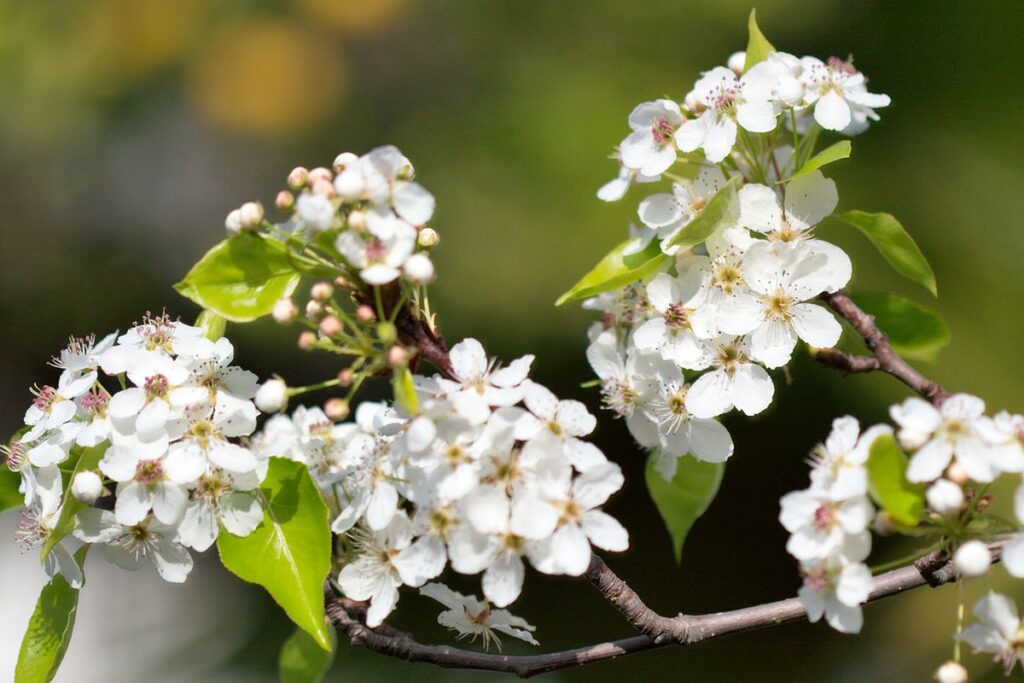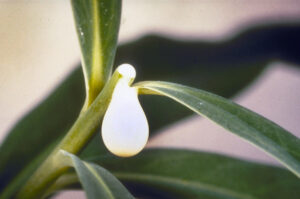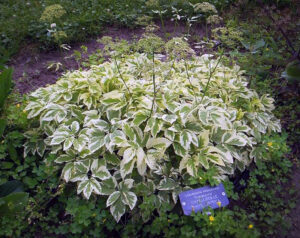By Erika Segerson-Mueller, DNR Invasive Plant Program Specialist, Oshkosh;
Erika.SegersonMueller@wisconsin.gov or 715-492-0391
Native plants benefit Wisconsin wildlife, pollinators and ecosystems. However, many resemble harmful invasive species, making identifying problem plants in the woods challenging.
It is important to learn a few key characteristics to unmask the imposters and correctly identify the invasive plants. With a little study and practice, you can quickly differentiate between these perplexing pairs.
Continue reading “Invasives And Imposters: Native Look-Alikes To Know”

 At first glance, the Callery pear (Pyrus calleryana) tree seems appealing, with its white blossoms in spring and colorful leaves in fall. Digging a little deeper, however, reveals the grim reality of this common urban tree. Once introduced for its ornamental value, this invasive species has become a significant threat to Wisconsin’s ecosystems.
At first glance, the Callery pear (Pyrus calleryana) tree seems appealing, with its white blossoms in spring and colorful leaves in fall. Digging a little deeper, however, reveals the grim reality of this common urban tree. Once introduced for its ornamental value, this invasive species has become a significant threat to Wisconsin’s ecosystems. 


